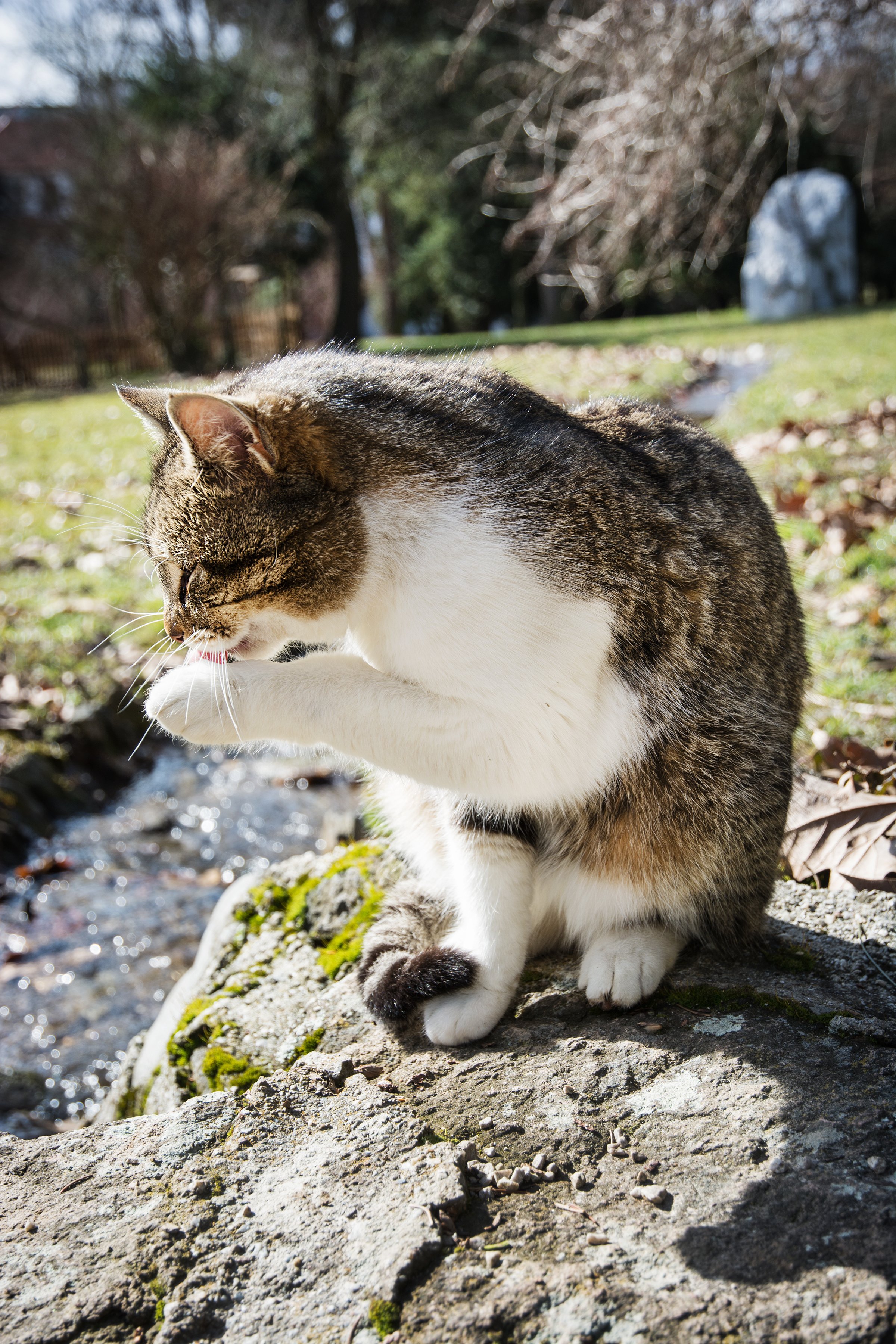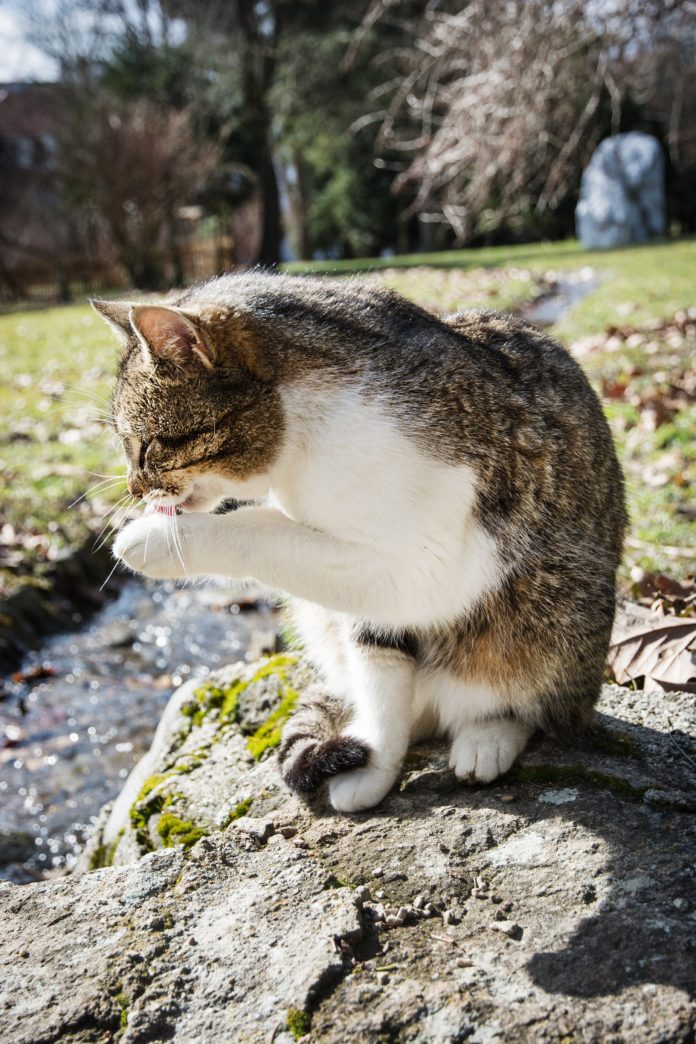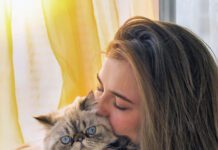
Q: My 12-year-old female spayed cat has chronic constipation that we have been having difficulty treating. I want her to be happy, comfortable, and healthy, and I’m concerned that if we are not able to provide her with relief, her condition will progress and her quality of life will diminish. Can you provide any insight into how we may best achieve relief for her?
A: Thank you for getting in touch, and I am very sorry to hear about your baby’s problem. Constipation is fairly common in cats, and it is true that it is important to treat it fairly aggressively to prevent progression. Perhaps a brief review of what constipation is would be a good place to start.
Constipation is defined as infrequent or difficult emission of hard, dry fecal matter, and it is a common problem of the domestic cat. A variety of problems, including ingestion of indigestible material (i.e. fur), obstruction of the GI (gastro-intenstinal) tract by foreign bodies, tumors, or strictures (narrowings), electrolyte disturbances, neuromuscular disease, and the side effects of various drugs can predispose to constipation in cats. In many cases, the specific cause of constipation in cats is undetermined, and in these cases, the condition is referred to as idiopathic constipation.
Treatment of constipation in cats involves making sure that an affected cat is well-hydrated; the elimination of causative agents where possible; medical management using laxatives, enemas, and drugs that increase intestinal motility; dietary modification; and surgical removal of affected portions of the colon. Obviously, surgery is reserved for severe/unresponsive cases in which the colon becomes distended and unable to function properly (called megacolon).
Laxatives work primarily by either increasing the water content of stool or lubricating the stool so that it passes more easily. Enemas involve the irrigation of liquid through the anus and into the colon to increase fecal water content and to stimulate colonic contraction (peristalsis) to promote fecal evacuation.
Enemas may be given at home to compliant cats (with training by a veterinarian), but some cats may require sedation and veterinary assistance for enema administration. Intestinal motility modifiers increase the rate and force of peristaltic contractions in the intestines.
Dietary modification usually involves the addition of either soluble or insoluble fiber (or both) to the diet to improve intestinal motility. Insoluble fiber (i.e. cellulose) works by increasing the bulk of the stool, thereby distending the colon and stimulating colonic contraction. The main disadvantages of insoluble fiber are that they lower fecal water content and that they may lower nutrient digestibility.
Insoluble fiber (i.e. canned pumpkin, psyllium) is fermented in the colon, leading to the production of short chain fatty acids, which may directly promote contraction of colonic smooth muscle. Over supplementation with soluble fiber can lead to overly liquid stools (diarrhea) and can also negatively affect nutrient absorption. Fiber supplementation can be achieved by either adding fiber to the existing diet or by switching the diet to a purpose-produced high fiber diet.
Severe, non-responsive cases of constipation may progress to megacolon and obstipation (a condition characterized by permanent loss of function of affected colon). In these cases, surgical resection of the affected portions of colon may be necessary to prevent translocation of bacteria from the GI tract to the bloodstream, which can be life-threatening.
I suggest that you work carefully with your veterinarian to devise an effective treatment plan. Early intervention, the provision of plenty of fresh water, sufficient clean litter boxes, and careful monitoring and follow up are all very important for a successful outcome, so please be vigilant and patient.
Best of luck, and please keep in touch.
Elizabeth




